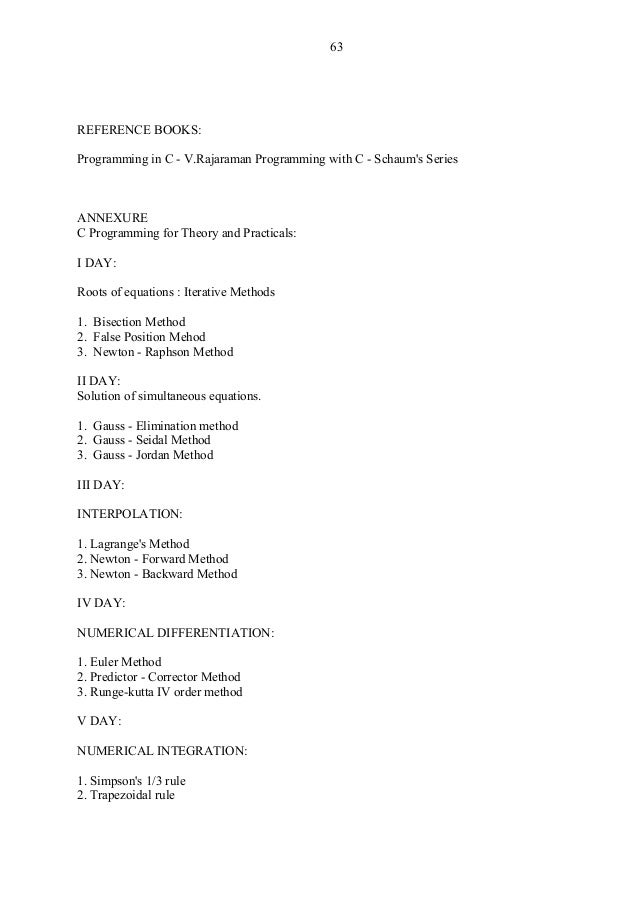
Program bisect real(8):: output call bisection(3.d0,4.d0,2.d0,output) print., output end program bisect subroutine bisection(a,b,error,result) real(8):: a,b,error,c,result logical:: proceed proceed =.true. Do while (proceed) if (sin(a).sin(b).lt. 0.d0) then c=(a+b)/2 if (sin(a).sin(c).lt.0.d0) then b=c else a=c end if else stop 'cannot be bisected' end if if (abs(a-b).lt. Error) then proceed =.false. End if end do result= a end subroutine bisection A version of the same code is uploaded. This is the minimal example i could come up with.
I have written a code which includes a Main Program and a couples subroutines. One of the subroutines are Bisection method for findings the. If the compiler.
Envision math problem solving handbook. This handbook explains the Math Common Core Problem Solving Process that your students can use throughout the year. The EnVision Math Program stresses the. Envision Math Problem Solving Handbook December 23, 2017 Math Solver No comments Having a bachelor’s diploma in one among the many disciplines of Engineering will possible open more doorways for you than any other. Comprehensive textbooks, digital products, teaching materials and services for Early Childhood, Elementary, Middle School, High School and Professional Education for. Envision Math Problem Solving Handbook - Math Problem Solver.
This yields a segmentation fault on running the executable with gfortran, and also on the website. The dummy arguments a and b are associated with actual arguments that are constants. Constants are not definable - your program is trying to change the value of '3.0d0' or '4.0d0'. If your program were to succeed then chaos would break out across the universe. I strongly recommend:. Use module procedures. This allows the compiler to check that actual arguments are consistent with dummy arguments.
Use INTENT specifications on your dummy argument definitions. This allows the compiler to check that things that need to be modifiable are, and that things that may not be modified are not. A workaround for your problem is to have appropriate variables in your main program that hold the initial values of 3.0d0 and 4.0d0, and pass those modifiable variables to your subroutine.
Alternatively you could create temporary copies of the dummy arguments inside the subroutine. In F2003 the VALUE attribute can be used to do this automatically. While we're at it - use IMPLICIT NONE in all scopes. The subroutine does treat the problematic dummy arguments as variables.
That's the issue. Fortran's model of argument 'passing' (in this case - being imprecise for the sake of brevity) is 'as if' the dummy argument and actual argument referred to the same underlying thing.
Bisection Method Example
You are not just passing a value - a form of association is established between the dummy argument and the actual argument. (How the compiler actually implements things is a separate issue - it may pass a reference to the actual argument or perhaps pass values back and forth - a legal program cannot tell.) – Feb 13 '13 at 20:27.